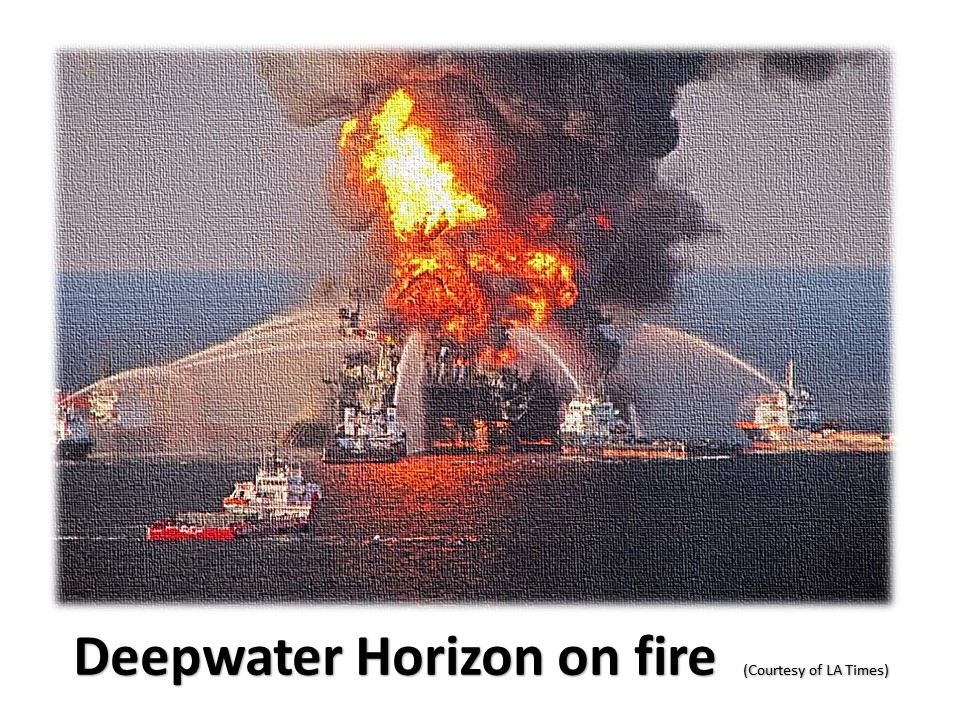
Introduction
The Deepwater Horizon Oil Spill (a.k.a. BP Oil Spill) is America’s largest environmental disaster ever recorded in the history (The Ocean Portal Team, 2015). A purely man-made chain of catastrophes that led to deaths of eleven of its workers, the spill resulted to billions of dollars and pounds in losses. Worse, six-years after, its grimmest impacts are still seen on the habitants (dead and alive) of the seventy affected coastal areas of the Gulf of Mexico and in five states of Louisiana, Mississippi, Alabama, Florida and the least affected, Texas.
On fatalities, the bodies of the eleven missing rig workers are not recovered (Papp, 2011). Perhaps their cadavers are scorched; and their ashes are amalgamated with the mud and oil contaminating the vast ocean. Their bereaved families have struggled with their losses, as apparently many of them have called home minutes before its explosion. While those who survived may not be lucky to have been spared their lives—for they continue to endure the injuries and traumas of the disaster.
On wildlife, the poorest and most helpless victims of the spill, are the aquatic and avian animals of the 617,800 mi² Gulf of Mexico and those populating the 1.063 million mi² of the Caribbean Sea (The Ocean Portal Team, 2015). Dead fishes (big and small), lifeless crustaceans (including, but not limited to shrimps and crabs) and cetaceans (dolphins, and whales) float the ocean and swamp to coastal areas of the oil-rich Gulf of Mexico during the 87-days duration of the spill—and until the wellhead is capped on July 15, 2010 (The Ocean Portal Team, 2015). The brown pelicans nesting in and around Queen Bess Island at Grand Isle, La. are starved to death as remnants of oil killed the vegetation up and below the Gulf (Smithsonian, 2015). The death counts of those in wildlife are mere rough estimations; because no one can tell how many aquatic animals are engulfed during the 36-hour fire and series of explosions.
Regardless, recovery in any disaster means concerted efforts of the responsible party (or parties), the federal, state and local governments, and the communities. Although it may take years of continuous efforts, but the uppermost concern is to ensure recovery and that lessons learned are applied–so that history will not repeat itself.
When the Well Becomes Hell
On the evening of April 20, 2010, roughly pass 10:00 (Central Time), the fire broke in the facilities of the Deepwater Horizon. On board, were 126 of its live-in workers—worse, most of them were asleep (Bazeley, 2010). Those who were awake were disoriented and in shock (Bazeley, 2010). They were inexplicably lost on responding to such life-threatening emergency. Some claimed that although they were trained, but it wasn’t about what was happening (New York Times, 2010).
The New York Times reported, “the chief mechanic and three workers knew that there was gas on the rig; but they did not activate the emergency shutdown—because they were waiting for instructions and or a signal from the bridge” (New York Times, 2010). The rig workers claimed that it was a strict protocol they had to abide. They had no choice, but to wait for the warning (New York Times, 2010). Unfortunately, their waiting quickly ended–for the next thing they witnessed were explosions one after the other.
The first responder was a team from United States Cost Guard led by Lt. Nathen Houck, followed by two sets of highly skilled firefighters imported from Holland (Bazeley, 2010). All of them attested witnessing “a fire so raging and violent—something (they) never seen before (Bazeley, 2010). One pilot claimed looking at the burning rig, “it was like seeing the Devil’s eyes,” (Bazeley, 2010). One firefighter tried to articulate the incomprehensible sight of a steel-made structure—something created to be strong and immovable—yet crumpled to crumble by a raging fire unabated for thirty-six-hours (Bazeley, 2010). The burning rig was showing no sign of retreat; no chance for survivor—as the fire was fueled by uncapped wellhead beneath the ocean floor (Bazeley, 2010).

The Rig
Situated “forty-five miles off the coast of Louisiana” (ISPR Final Report, 2011), the rig was 396-feet tall and 256-feet wide (Smithsonian,). It was operating in waters of up to 8,000 feet and drilling oil in the depth of 30,000 feet (The Ocean Portal Team, 2015). Owned by Transocean, it was a mobile offshore drilling unit that was submersible (New York Times, 2010) made by Hyundai.
Structure wise, below its derrick were the main and second deck (New York Times, 2010). A true-state-of-the art facility, there were six engine rooms, a movie theater, helipad, mess hall/ galley, and living quarters for its workers (New York Times, 2010).
However, amid its sophistication, the rig had limitations. One, its positioning required perfection that demanded 24-hours monitoring from the 126 workers on board, who were divided in two shifts (actually a set of four, as onboard personnel were alternating every 21 days). It was completely reliant to electric power. And the fact that it was operating offshore, and its wellhead was located in a very dark environment, it was so vulnerable to high risks.
What Went Wrong
In sincere attempts of various academic communities to mitigate the impacts of the Deepwater Horizon Oil Spill, research studies and conventions were conducted nationwide immediately after the spill and up to the present day. One that caught my attention, was conducted by the School of Earth Sciences of Stanford University.
On the first day of a two-day convention, Thomas Davis Barrow Professor Roland Horne (an energy and petroleum expert) explained what went wrong on Deepwater Horizon on that catastrophic night of April 20, 2010:
A very gassy kind of methane oil went onboard the rig. It entered into the engine room that led to electric overload and subsequently, ignition. The disaster was triggered by four major causes as follows: The cement job that was supposed to seal off the producing oil reservoir failed. Hydrocarbons entered the riser and went onboard. The gas ignited on the rig causing fire and power failure. The spill continued unabated until July 15, 2010 due to the malfunctioning of the BOP (blowout preventer) in sealing the well head (Horne, 2010).
Horne stressed that if only one of those major causes did not happen, the disaster could have been avoided (Horne, 2010). He emphasized that although the Negative Pressure Test (a standard procedure; a preventive measure in offshore drilling that should have been publicized to benchmark the practice) was constantly monitored, yet misunderstood by the alleged inexperienced crew on board (Horne, 2010).
Immediate Response
The first responder was a team from U.S. Coast Guard, who received a call from Rigs and Boats situated few miles away from the rig (Bazeley, 2010). This team was deployed in four (4) helicopters. In several interviews, the rescuers narrated they abruptly left their post of command bearing in mind to save 126 lives, and the injured were their utmost priority (Bazeley, 2010).
Approaching the rig, they saw the fire raging in all angles of Deepwater Horizon. The pilots can’t get close due to extreme heat and violent combustions ongoing (Bazeley, 2010). Some of the rescuers were even worried they might not be able to save everyone on board–because their helicopters can only carry 3 to 4 of the victims (Bazeley, 2010). When the Coast Guard rescuers finally got hold of 115 survivors, the seventeen injured were rushed to the closest medical facilities (Bazeley, 2010); while those unharmed had to stay with the rescuers who weren’t giving up searching for the missing 11 (Bazeley, 2010).
Meanwhile, Salvage team manager Ray Lord, who was featured in several documentary films, spoke of how their team struggle to identify what equipment to bring; what tools do they need; who to call to salvage the burning rig (Bazeley, 2010). In matters of disaster recovery though, someone in Lord’s position must have plans (at least one) in hand. Because the first hours of the disasters were so critical not just to the rescue operations and disaster recovery process, but to lives.
Independent Review of the Response
On the Final Report of the Incident Specific Prepared Review signed by the 24th Commandant of United States Coast Guard, Admiral Robert J. Papp, Jr., it stated that “Due to the severity of the spill, the complexity of response efforts, and the potential impact on public health and the environment, this incident required extraordinary coordination among Federal and State agencies, tribal organizations, local governments, and BP, the responsible party,” (ISPR Final Report, 2011).
The ISPR Final Report recommended a “thorough review of the standards to determine the adequacy of the private sector oil spill response capability,” (ISPR Final Report, 2011). Likewise, it recommended the need for better technologies on and offshore to address catastrophic blowouts and improved response protocols (ISPR Final Report, 2011). In its Executive Summary, it denounced any reports of disagreements between Coast Guard and BP (ISPR Final Report, 2011). The Final Report proudly attested that both parties collaborated effectively. And their good working relationship “benefitted the ability of the government to rapidly assess and adapt to new or unusual contingencies and develop innovative solutions for problems not previously experienced,” (Deepwater Horizon ISPR Final Report, 2011).
Lastly, the Final Report of the ISPR was highlighted by a bulleted of many revelations of lessons learned, which on top were deficiencies in planning and inadequate competencies. The report also attributed the indirect cause of the disaster to lack of full coordination by the responsible party (BP) and the government in drilling offshore. It was distributed on March 18, 2011.
Analysis of the Immediate Response and the ISPR Final Report
As a scholar of Disaster Recovery and Business Continuance, I am taught that “Today, security and the ability of an organization—regardless of size—to recover from a disaster situation is becoming uppermost in the minds of management for organizations” (Wells et al, 2007, pg. xvii). Furthermore, I am aware that the risks and or likelihood of “hurricanes, tsunamis, terrorism, and power outages,” (Wells et al, 2007, pg. xvii) are becoming more “apparent that organizations need to think the unthinkable,” (Wells et al, 2007, pg. xvii). Sadly, that’s not the case in the Deepwater Horizon Oil Spill.
The truth was, multi-billion dollar British Petroleum was not prepared at all. Although the Coast Guard attested that there was a contingency plan; and that it was merely deficient (Papp, 2011)–such assessment was questionable for three valid reasons: One, the ISPR Final Report was distributed March 18, 2011. That was too soon, in fact not even a year had pass after the disaster. To label the report as “final” was premature. Two, recovery efforts normally take years. It could have been acceptable, if the review was labeled “updated” instead of final, for risk assessment should have been ongoing, or at least until all facts were gathered; and or the case was closed. Three, the Coast Guard wasn’t so prepared either. In fact, the limitation of the rescue helicopters to three or four were evident that whatever they have be a tool or the knowledge, weren’t enough to fully respond to such disaster of colossal nature.
On assessing the readiness of the crew, all of the 126 employees should have known that evacuation is paramount to save lives, their respective lives. The Chief Mechanic on board should have taken the “call” to promptly initiate manual emergency warning—to give everyone on board a chance to survive.
Another instance that a responding team failed to exhibit full regards to life, was when the U.S. coast guard made the unharmed rig workers, stayed in the life boats while waiting for the 11 missing others (Bazeley, 2010). Because in making them stay in the life boats during the fire–and with the thought that eleven of their peers were still onboard–it was so traumatic! And in doing so, the rescue team exposed them to injury so punitive of character.
Moreover, importing firefighters from Holland wasn’t reasonable (Bazeley, 2010) if the team’s utmost goal was to save lives first before the rig. The rough estimation of Google was showing 1228 miles and more than 16 hours of air travel (Bazeley, 2010). Given the enormity of the disaster, it didn’t make sense to import rescue teams from another country due to the urgency of the need.
Notwithstanding those grave mistakes, one can evaluate the efficiency and effectivity of response through the conditions of the affected communities of the disaster. According to a scholarly written article, “Coastal residents did not experience significant onshore spill-related mortality or severe injury,” neither “shortages of survival needs, disruption of vital services (health care, schools, utilities, communications, and transportation), loss of homes, population displacement, destruction of the built environment, or loss of social supports. Initial acute economic losses were partially offset by large-sum BP payments for cleanup and recovery of the coastal economy,” (Schultz et al, 2015). But the credit also goes to the “Gulf Coast populations,” who displayed “remarkable resilience in the face of daunting challenges,” (Schultz et al, 2015).
Conclusion
The Deepwater Horizon Oil Spill is the first declared by the White House as Spill of National Significance (SONS). Eleven people died; while seventeen others were injured (ISPR Final Report, 2011). Last year, the District Court, Eastern District of Louisiana found BP guilty of eleven counts of manslaughter and awarded $4.5 billion for compensatory damages (Court Docket, 2015). In some reports, the estimated computation of all the damages and response/ recovery efforts amounted to roughly $100 billion. Thus, the impact could have been mitigated if there was a disaster recovery plan in place; or at least, all lives could have been saved–for the blowout wasn’t instant. The hydrocarbons that went onboard was due to leaks ongoing for a while. Sadly, to their own detriment, those rig workers who knew about the leak and spread of gas, have relied on a defective equipment and malfunctioning facilities for warnings (New York Times, 2010).
On a light note, if you are to compare the Deepwater Horizon Oil Spill to that of Exxon Valdez, you’d be relieved to know that the qualities of oil in those two infamous spills, are different. Apparently, the latter is more errant and vicious. In fact, in an article entitled the State of Gulf, the carcasses of bird from the two spills are compared:
“. . . during the Exxon Valdez Oil Spill accident, over ten times more oiled bird
carcasses were collected than during the DWH accident. In EVOS, over 35,000
bird carcasses were collected, an estimated 30,000 of which were oiled. In
contrast, the government has reported collecting 6,381 bird carcasses in the
Deepwater Horizon Spill response, of which 2,121 were confirmed as visibly
oiled” (The State of Gulf, 2014).
Personally, although I know BP has “paid” literally the consequences of its negligence; the fact that its name is becoming synonymous to oil spill, I hope that the U.S. government should be cautious in awarding contracts to companies whose name is present in major disasters such as the Deepwater Horizon Oil Spill (BP was directly responsible) Exxon Valdez (BP was part of the consortium), and also in a smaller spill (in California) in between the two largest spills. For a reasonable person will never disregard the warnings of bad precedents. Although, in ISPR’s Final Report, the government is seemingly satisfied with the cleanup efforts of BP, many are not. For there are affected communities that are struggling to deal with the effects of the oil-stricken ecology in the Gulf of Mexico. And the totality of its environmental impact—-up and below the earth’s surface—-are still subject to further investigative, scientific works.
Take for example, the livelihood of various communities such as the seafood industry in Louisiana, and the number and quality of their fishing are still at its lowest ever recorded. Some catches are deformed; and who knows, some may not even make it to existence.
Because to date, no one can–and never can–exactly measure the true impacts (in entirety) of oil spills to Mother Earth. From the toxicity of oil to ecology (fishes are born with the weak hearts; shrimps are missing eyes), to the fumes of hydrocarbons spread all over the atmosphere (thinning the Ozone layer that is causing climate change), to the depleted oil reservoirs beneath the Earth’s surface–this planet is in jeopardy. Perhaps we should not wonder why there are earthquakes everywhere, hurricanes and storms are stronger than ever, deadly floods and tsunamis are inundating urban areas, while unprecedented wildfires are driving the neighborhoods in rural zones. For our dire dependency to oil–at the expense of this Earth we call home–comes at a price. We are responsible for the ongoing Armageddon.
Finally, I hope that the apparent “good working relationship” between the Coast Guard and BP, is just mere good working relationship; and not that kind of unholy alliance to cover each other from one blunder to another. Because disaster recovery is not about pointing fingers, nor finding the negligent to crucify on cross. But it’s about finding the truth, regardless if it is deficient, or inadequate, or dysfunctional. For the recovery teams and those who are responsible for their actions along with the communities and all stake holders, can fully and truthfully assess the risks, to create a comprehensive plan that will work against the likelihood of another disaster and or to mitigate the impacts.
Bibliography
Bazeley, Mark and Wael Dubbous. (2010). Oil Disaster: The Rig That Blew Up (2010).
Films for the Humanities & Sciences, & Films Media Group. (2010). Impact of the Deepwater Horizon Spill.
Horne, Roland. (2010). The Deepwater Horizon Disaster and Future Drilling in the Gulf of Mexico. Stanford University.
ISPR Team. (2011), BP Deepwater Horizon Oil Spill Incident Specific Preparedness Review, Final Report.
Kanopy. (2015). Big Oil: In the Wake of Exxon Valdez.
New York Times. (2010). Final Moments on the Deepwater Horizon (An Interactive Feature).
Papp, Jr. Robert J. (2011). Memorandum. United Coast Guard.
Quinn, T., & Kanopy. (2015). Deepwater Disaster; The Untold Story (Horizon).
Shultz, J., Walsh, M., Garfin, L., Wilson, D., & Neria, R. (2015). The 2010 Deepwater Horizon Oil Spill: The Trauma Signature of an Ecological Disaster. The Journal of Behavioral Health Services & Research, 42(1), 58-76.
The Ocean Portal Team. (2015). Gulf Oil Spill. Smithsonian.
The State of Gulf. (2014). Comparison Between Deepwater Horizon and Exxon Valdez Oil Spill. TheStateofGulf.Com. Retrieved 26 April, 2016, from https://www.thestateofthegulf.com/media/1362/dwh-v-exxon-valdez-white-paper-09-03-2014.pdf.
Wells, April, Timothy Walker, Charlyne Walker and David Abarca. (2007). Security Disaster Recovery Principles and Practices. Pearson Prentice Hall.

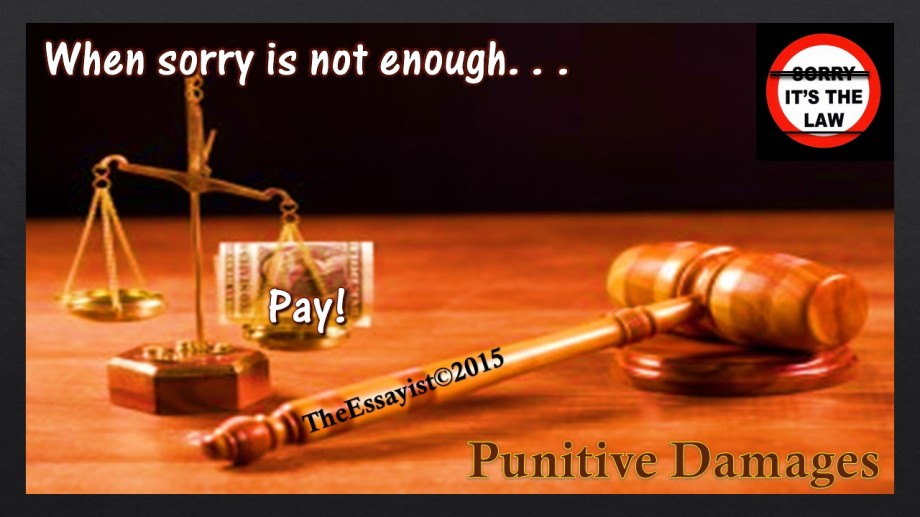

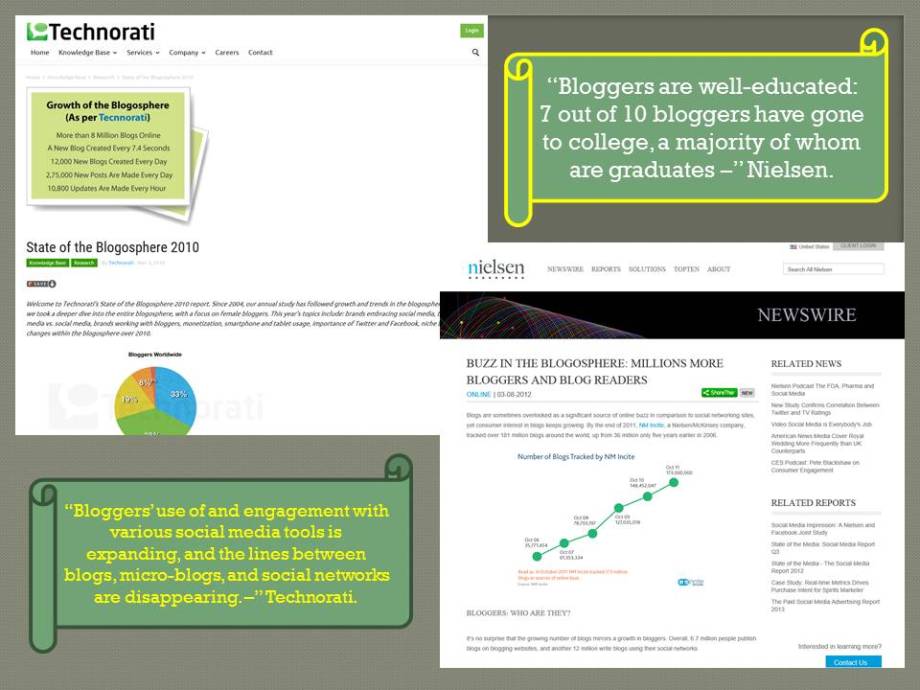


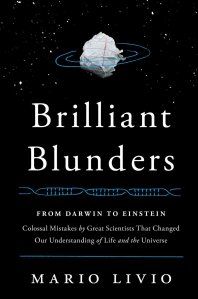


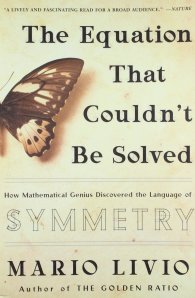
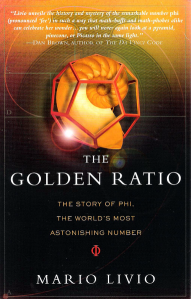
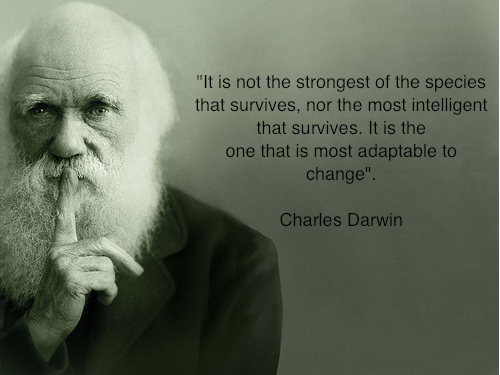
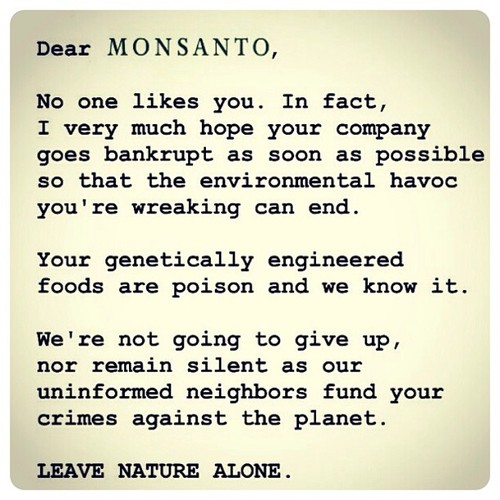
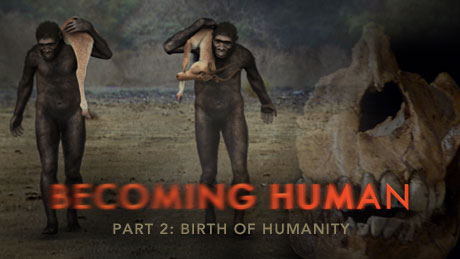

You must be logged in to post a comment.